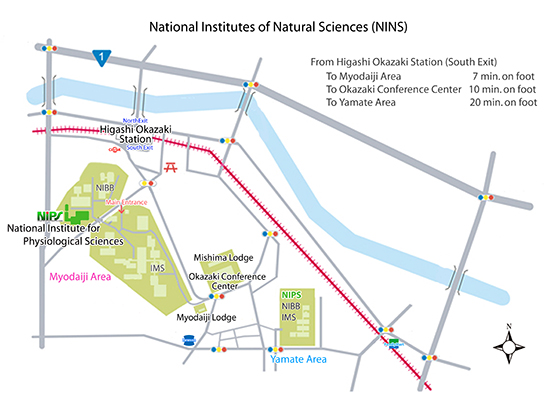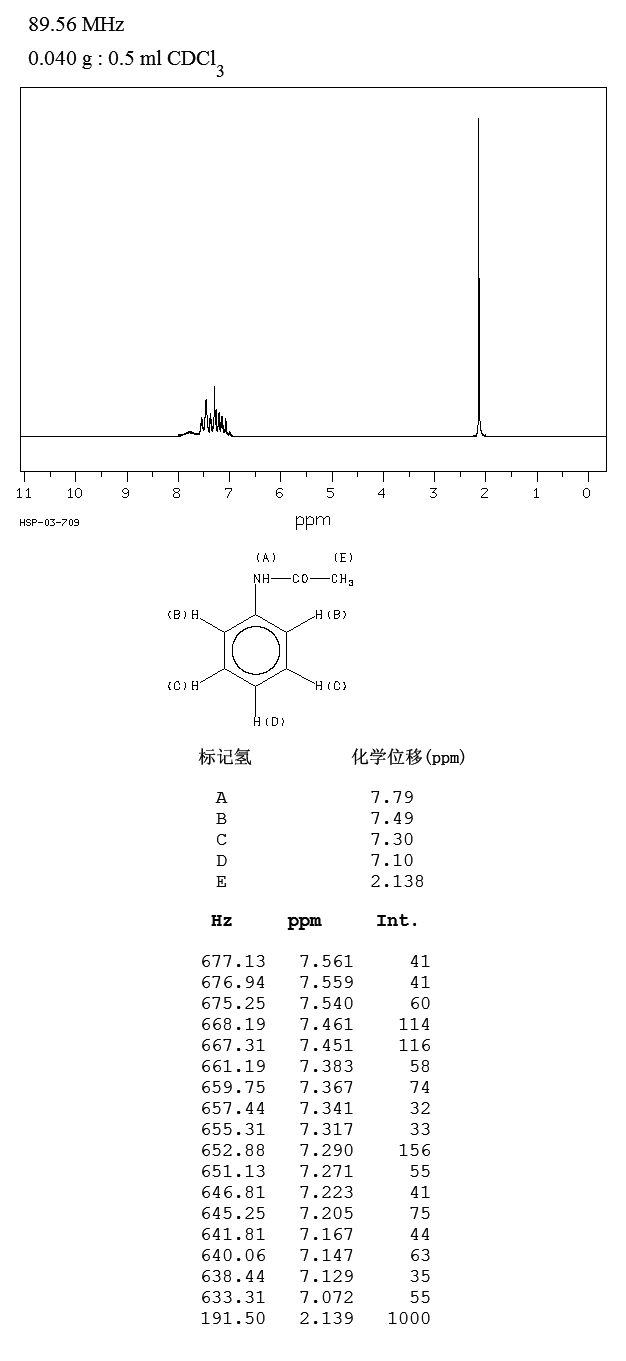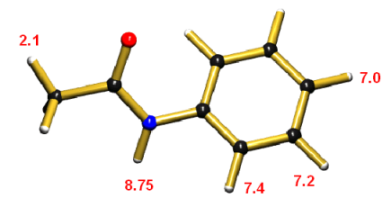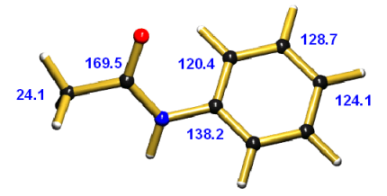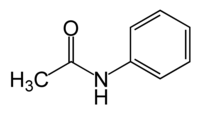
Fatty acid sugar esters are non-toxic, odorless, non-irritanting surfactants. They can be synthesized by renewable resources and are completely biodegradable in aerobic and anaerobic conditions. Their application has been expanded in innumerous areas including pharmaceuticals, cosmetics, detergents and food industry. Lipase-catalyzed esterification have been investigated as a potential substitute to the traditional chemical, demanding milder reaction conditions, allowing better reaction control and providing higher-quality products. So, the lipase catalyzed sugar ester synthesis becomes an interesting strategy for producing biodegradable, non- ionic surfactants. The main disadvantage of this protocol is the poor solubility of substrates and long reaction time required for performed the esterification reaction with moderated to good yields.
Synthesis of 2,3:4,5-O-diisopropylidene-D-frutopyranose (FK) (2)
In a 2000 mL reactor was added 30 g (44.8 mmol) of sucrose and 400 mL of acetone being vigorously mechanically stirred at 5°C for 15 min. Then, 16 mL of concentrate sulfuric acid (H2SO4) was slowly added to the reaction mixture. The solution was kept under stirring for 150 min. Subsequently, the reaction mixture was cooled (0–10°C) in ice bath and neutralized with 50% NaOH (w/v). The pH was adjusted with saturated sodium carbonate. The final mixture was filtered to remove the solids and subsequently, the solvent was evaporated under reduced pressure. The solid crude ketal was diluted with 400 mL of dichloromethane. A 0.5 M H2SO4 solution was added and stirred vigorously for 120 min. The organic phase was separated and washed consecutively with sodium bicarbonate (NaHCO3) and water and dried with anhydrous sodium sulfate (Na2SO4). The solvent was evaporated under reduced pressure until obtaining a white solid, which was crystallized in hexane with 30% final yield after filtration through activated charcoal [19].Continuous flow reaction procedure
An equimolar stock solution (tert-butylmethyl ether (MTBE), toluene or p-cymene) of 2,3:4,5-O-D-diisopropylidene frutopyranose (FK) and the RePO was prepared (the molarity of the residue was expressed in palmitic acid). The starting mixture was stirred for 5 min while the instrument Asia Flow Reactor was equipped with Omnifit column (2.4 mL) containing the immobilized lipase from R. miehei(600 mg). The reaction parameters were selected on the flow reactor, and processing was started, whereby only pure solvent was pumped through the system until the instrument had achieved the desired reaction parameters and stable processing was assured. At this point, the inlet pipe of the flask was switched to HPLC bottle containing the prepared reaction mixture. After processing through the flow reactor, the inlet tube was dipped back into the flask containing respective pure solvent and processed in order to wash the system of any remaining reactant.Enhanced production of fructose ester by biocatalyzed continuous flow process
1Biocatalysis
and Organic Synthesis Group, Chemistry Institute, Federal University of
Rio de Janeiro, Rio de Janeiro CEP 22941 909, Brazil
2Faculdade de Farmácia, Federal University of Rio de Janeiro, Rio de Janeiro CEP22941909, Brazil
http://www.sustainablechemicalprocesses.com/content/3/1/6
2Faculdade de Farmácia, Federal University of Rio de Janeiro, Rio de Janeiro CEP22941909, Brazil
http://www.sustainablechemicalprocesses.com/content/3/1/6

The electronic version of this article is the complete one and can be found online at:http://www.sustainablechemicalprocesses.com/content/3/1/6

Rodrigo O. M. A. de Souza
/////





